DOG TRAINING OFFERED IN-PERSON AND ONLINEOur dog training services are delivered in almost any format that meets your needs. We have GROUP CLASSES at our indoor and outdoor facilities on our farm, ONLINE LIVE STREAMING classes, and SELF-PACED VIDEO-BASED training through our Online Dog Training Course. Our PRIVATE TRAININGS can be done in-home, outside, in public dog-friendly locations, at our facility on our farm, online via phone or video conferencing and through email. |
Question:
We just brought home our new dog. What is the best way to help her adjust to her new home?
The Trainer Answers:
You might be tempted to forego the household rules when your new dog is first settling in at your home. This is especially true if you know – or believe – your dog to have been through a rough time before coming to live with you. If you feel sorry for the way the dog might have been treated in the past, you might try to “make up for it” by letting the dog do whatever she wants when she first arrives – within reason, of course.
In most cases, this really is not the best thing to do. Just as we do, dogs like predictability, routine and structure. They adapt to new situations better the sooner they can figure out the rules and boundaries for their new living situation. By abandoning the normal rules, you will confuse your dog. For example, you might think your dog will be happier and feel more at home if she is allowed to sleep on the bed with you and snuggle on the couch. However, if your normal household rules are for your dogs to stay off from the furniture, you are not doing her any favors by allowing her on them now and then telling her she can’t be on them later. If you have provided a comfortable dog bed, help her understand this is her space to rest from the start.
Your dog will settle in faster if you get her started on a daily routine right away. Nothing helps a dog adapt to their new home better than having a predictable routine. Many people bring home a new dog over a weekend or when they have a few days to spend with the dog before heading back to work all day. This is great, and I highly recommend it! However, this time should be spent preparing your dog for what your normal daily routine will be. If you spend 24 hours a day with her for the first two days and then suddenly disappear for nine hours the next day, it can be a very difficult transition for your dog. Take those first couple of days to acclimate your dog to her crate or other confinement space if she will have one. Begin helping her adapt to your being away for very brief periods before you disappear for several hours.
You might not have as predictable a schedule in your daily life. However, you can still help your dog adapt to a routine. Even if you don’t wake up, depart the house, or stay away from home at the same time every day, you can still develop a routine for your dog. For example, you might take your dog for a walk when you first get up, feed her, then spend some quiet time working while she naps before you head out to work or run errands. Even if these things don’t happen at the exact same time every day, there is some predictability in what does occur once you get up in the morning.
Some dogs adapt easily to changes in routine. Others you can set your clock by – much to the chagrin of those who would prefer to sleep in on the weekends! I used to be one of those, until my first Greyhound taught me to enjoy sunrise walks before most others were out of bed on the weekends. It was a valuable bonding time we shared that I would have missed out on had I insisted he adapt to my schedule and sleep in. Certainly there were mornings I would have preferred to stay in bed. However, now I look back on those walks as one of my favorite times.
While you might want your dog to adapt to your schedule, sometimes finding a compromise will ultimately work well for both of you. Establish your rules and boundaries from the start so your dog knows what to expect in her new home. However, remain flexible enough to consider changing – not bending temporarily, but actually changing – a rule that might not be that important after all.
Our goal is to positively impact the lives of as many dogs and their families as we can, in part through our extensive library of video, infographics and text articles. |

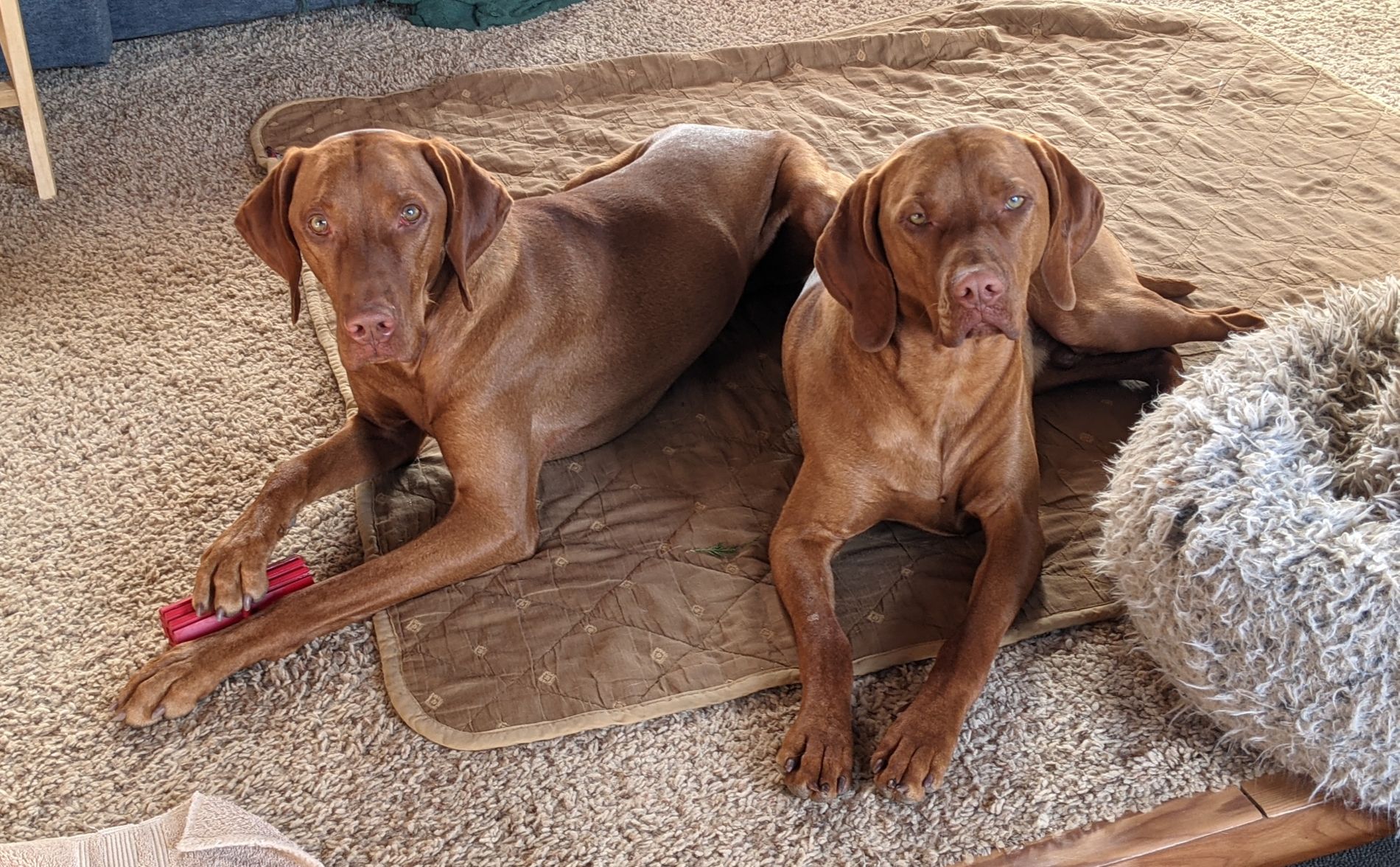
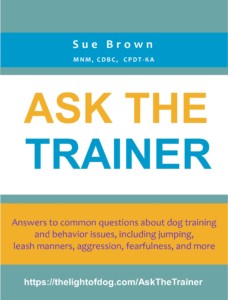
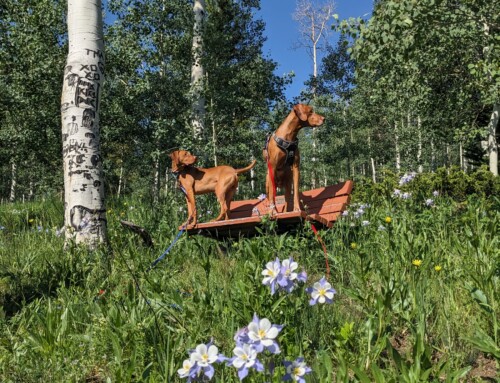
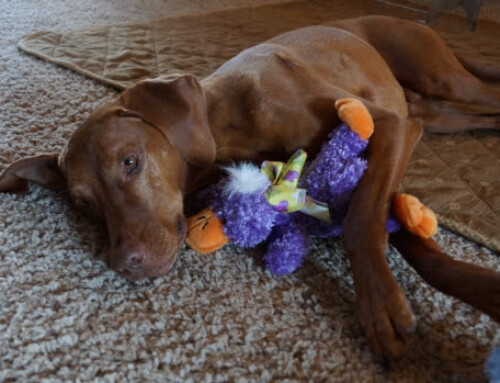
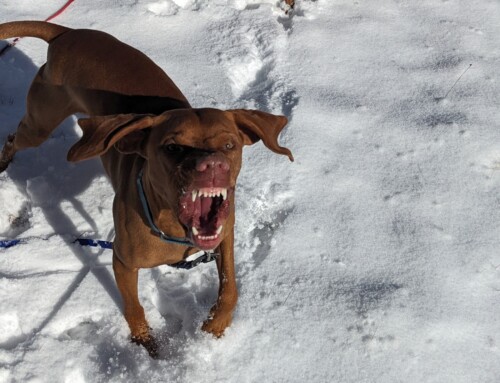



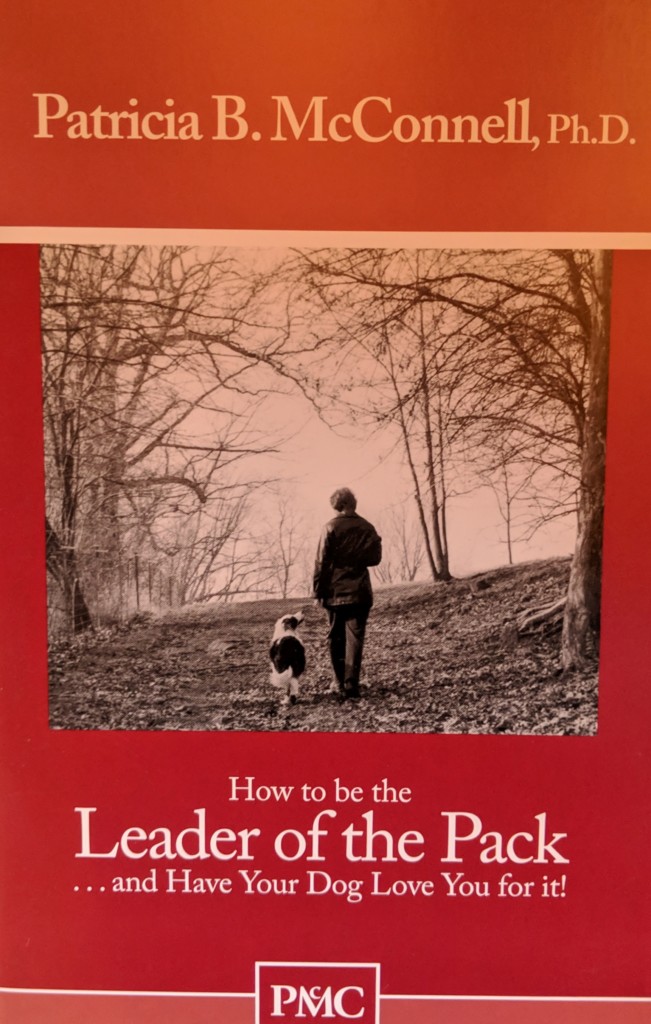
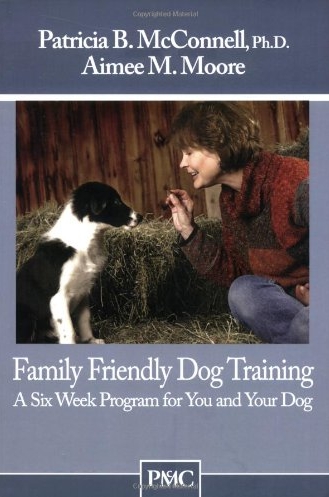
Leave A Comment